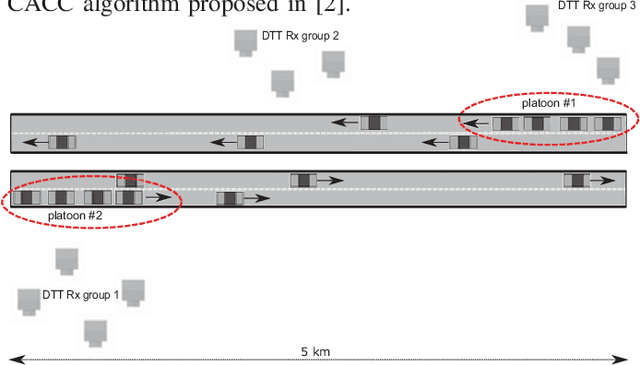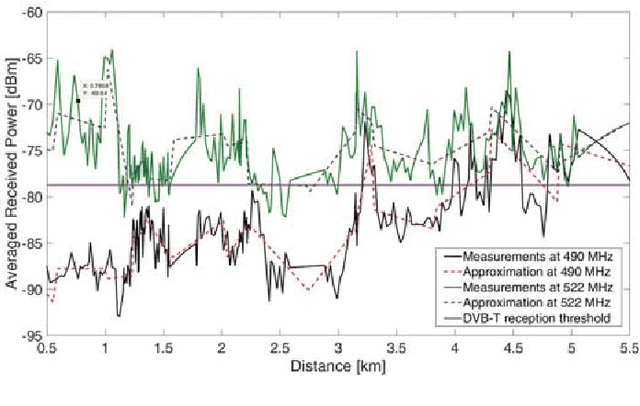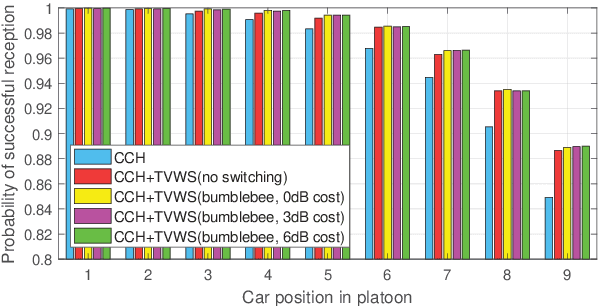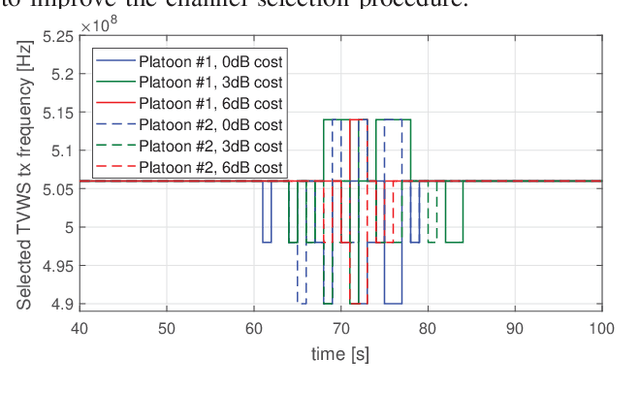Paweł Kryszkiewicz
Modelowanie nieliniowej charakterystyki szerokopasmowych wzmacniaczy radiowych o zmiennym napięciu zasilania; Modeling Nonlinear Characteristics of Wideband Radio Frequency Amplifiers with Variable Supply Voltage
Mar 05, 2025Abstract:The work aims to propose a new nonlinear characteristics model for a wideband radio amplifier of variable supply voltage. An extended Rapp model proposal is presented. The proposed model has been verified by measurements of three different amplifiers. This model can be used to design frontend-aware 6G systems. -- Praca ma na celu zaproponowanie nowego modelu dla nieliniowej charakterystyki wzmacniacza radiowego ze zmiennym napi\k{e}ciem zasilania pracuj\k{a}cym w szerokim zakresie cz\k{e}stotliwo\'sci. Przedstawiona zosta{\l}a propozycja rozszerzonego modelu Rappa. Zaproponowany model zweryfikowano na podstawie pomiar\'ow charakterystyk trzech r\'o\.znych wzmacniaczy. Model ten mo\.ze by\'c wykorzystany do projektowania system\'ow 6G "\'swiadomych" niedoskona{\l}o\'sci uk{\l}ad\'ow wej\'sciowo-wyj\'sciowych.
Distributed Vehicular Dynamic Spectrum Access for Platooning Environments
Mar 22, 2022



Abstract:In this paper, we propose a distributed Vehicular Dynamic Spectrum Access (VDSA) framework for vehicles operating in platoon formations. Given the potential for significant congestion in licensed frequency bands for vehicular applications such as 5.9 GHz. Our approach proposes to offload part of the intra-platoon data traffic to spectral white-spaces in order to enhance vehicular connectivity in support of on-road operations. To enable VDSA, a Bumblebee-based decision making process is employed which is based on the behavioral models of animals, is employed to provide a means of distributed transmission band selection. Simulation results show the distributed VDSA framework improves the leader packets reception ratio by 5%, thus indicating its potential to increase in reliability of intra-platoon communications.
The Impact of Blocking Cars on Pathloss Within a Platoon: Measurements for 26 GHz Band
Oct 06, 2021



Abstract:Platooning is considered to be one of the possible prospective implementations of the autonomous driving concept, where the train-of-cars moves together following the platoon leader's commands. However, the practical realization of this scheme assumes the use of reliable communications between platoon members. In this paper, the results of the measurement experiment have been presented showing the impact of the blocking cars on the signal attenuation. The tests have been carried out for the high-frequency band, i.e. for 26.555 GHz. It has been observed that on one hand side, the attenuation can reach even tens of dB for 2 or 3 blocking cars, but in some locations, the impact of a two-ray propagation mitigates the presence of obstructing vehicles.
Dynamic Power and Frequency Allocation Scheme for Autonomous Platooning
Jul 27, 2021


Abstract:In this paper, we consider the use of radio environment maps (REMs) in vehicular dynamic spectrum access (VDSA) for vehicle platooning applications. We propose an algorithm that dynamically allocates the frequency bands and transmission power in the so-called TV white spaces (TVWS) for intra-platoon messaging, intending to maximize the reliability of the communications, simultaneously keeping the interference to the primary system below the required threshold. The proposed solution is evaluated in simulations, with the results indicating a significant increase in communications reliability with VDSA.
* 6 pages, 3 figures
 Add to Chrome
Add to Chrome Add to Firefox
Add to Firefox Add to Edge
Add to Edge